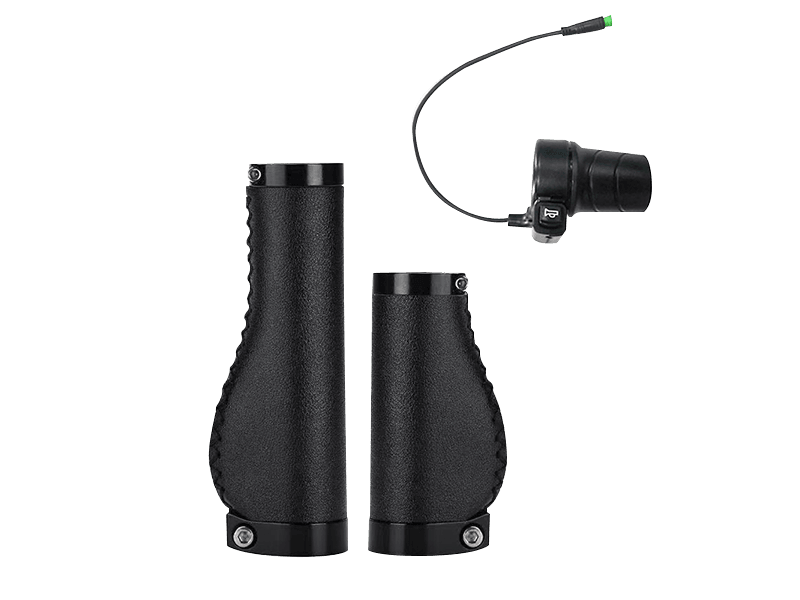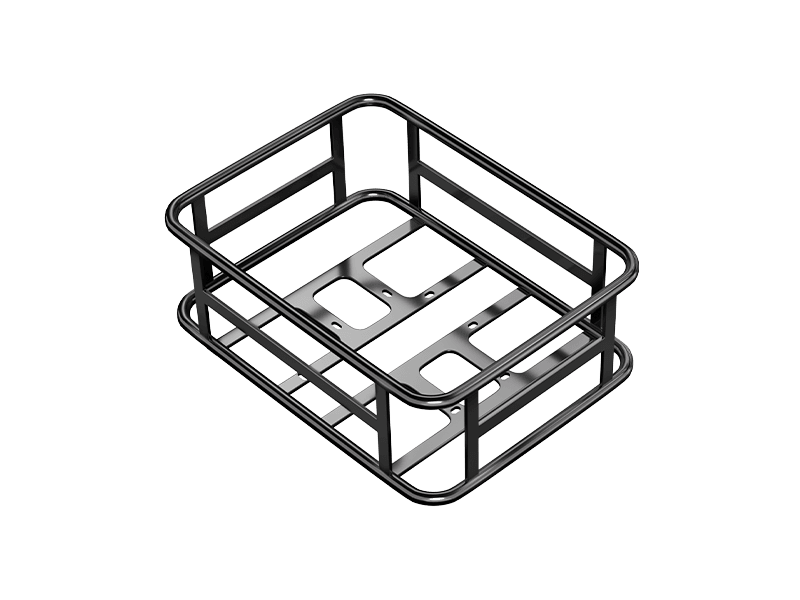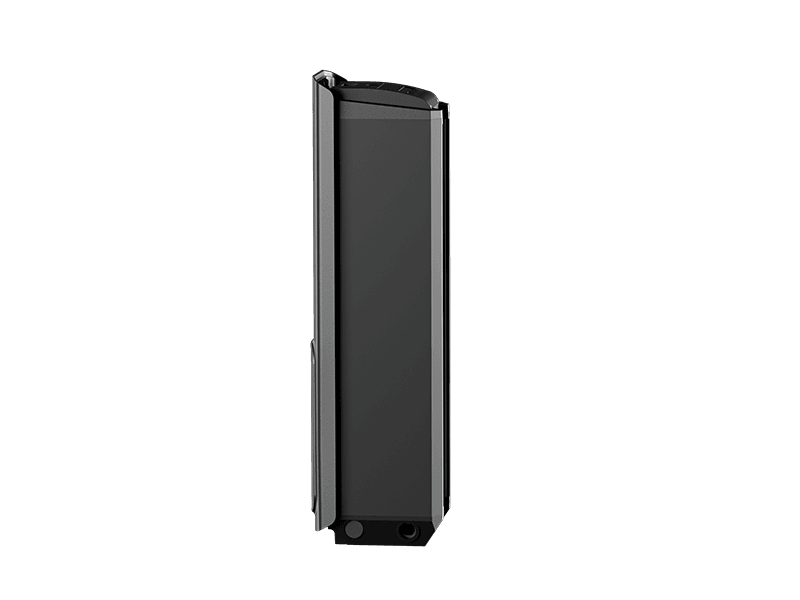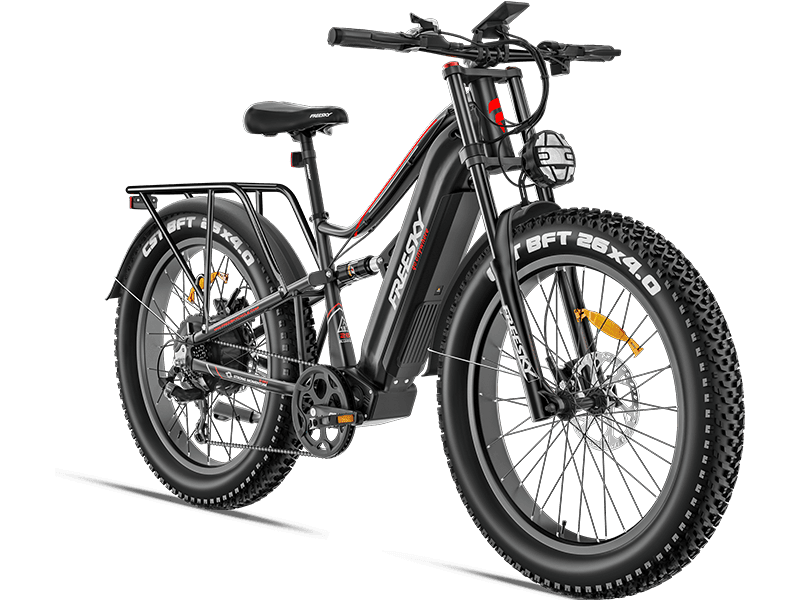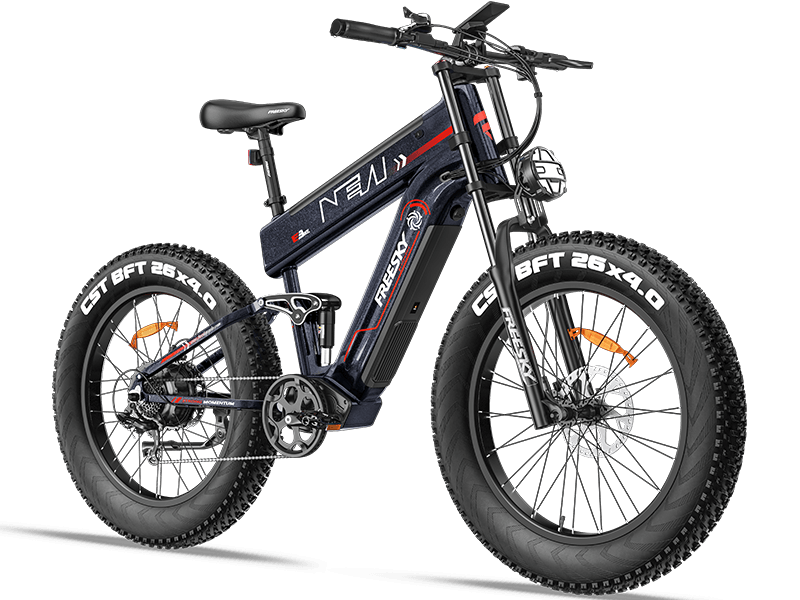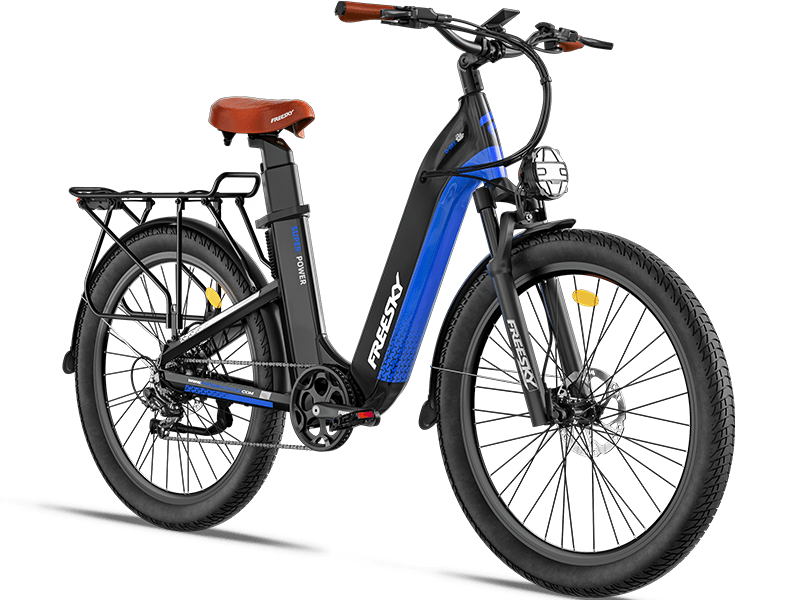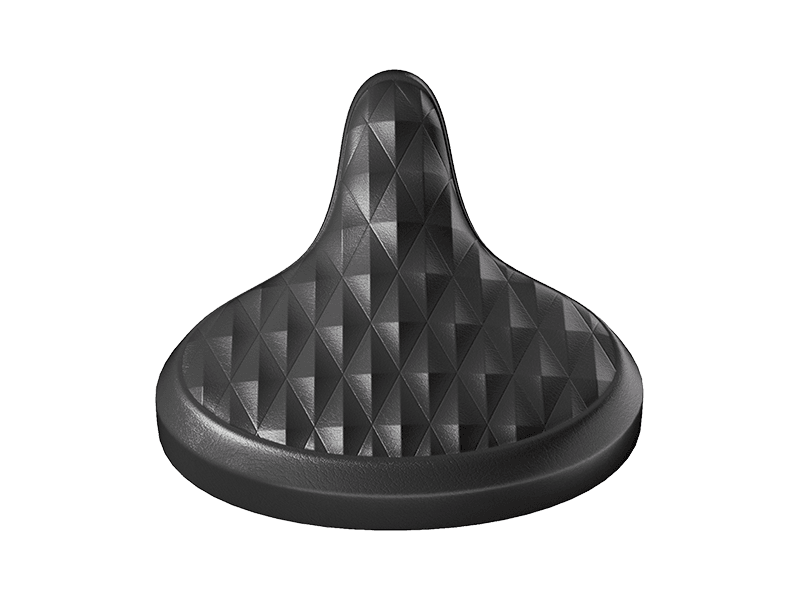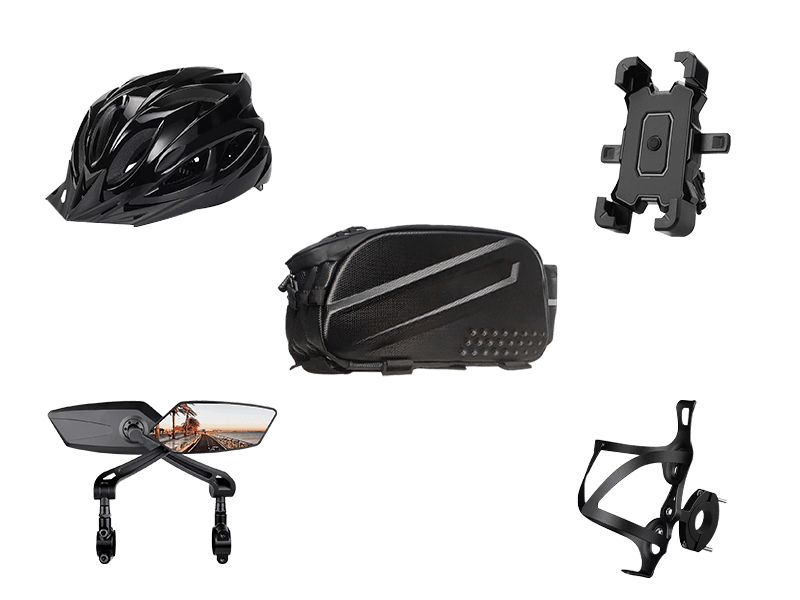Rediscovering Freedom: A Journey Along Scenic Trails
Nov 18, 2025
I’m 65 years old and have been working as a multimedia designer for many years. Recently, I rediscovered cycling, and it’s become one of the most fulfilling hobbies I’ve taken up in the past year or so. I live near the quayside of a large river, which is connected to several picturesque waterways, and my Freesky e-bike has allowed me to explore this beautiful area with ease. There’s something about cycling through these scenic routes that brings me a sense of freedom and peace I hadn’t expected.
My favorite routes include the towpaths along the canals, winding trails through the countryside, and old railway lines that have been repurposed into cycling paths. One of the most fascinating trails I frequent cuts through marshland, where the landscape shifts dramatically. It’s rugged and wild, with rocky patches and areas used by the military as a firing range. Despite the rugged terrain, it’s also a bird sanctuary, and I’ve often come across wildlife in the most unexpected ways. More than once, I’ve been riding along and suddenly turned a corner to find a group of Canadian geese casually blocking the path, completely unbothered by my presence. It’s funny how they’ve learned to take their time and ignore cyclists, forcing us to wait until they decide to move!
The bike itself gets a lot of attention from fellow cyclists and walkers. The Freesky has a sleek, modern design, and I’ve had numerous people stop me to ask about it. It’s a real conversation starter, and I enjoy these interactions—there’s something about sharing the joy of cycling with others who appreciate the beauty of nature and the freedom that comes with exploring the world around us on two wheels. I’m grateful to have rediscovered cycling at this stage in my life; it keeps me active, connected to nature, and engaged with my community in a way I hadn’t anticipated.
Read More
Ultimate Guide How to Clean Your FREESKY Ebike for Optimal Performance
Nov 17, 2025
Keeping your electric bike clean isn’t just about appearance — it’s essential for performance and longevity. Dirt, mud, and grime accumulate as you ride through city streets, trails, or rugged terrain, and left unchecked, they can wear down components and reduce efficiency.
This guide walks you through proper cleaning and maintenance steps for your FREESKY eBike, from pre-wash preparation to post-cleaning finishing touches.
Pre-Cleaning Steps
Before you start scrubbing, taking precautions will protect your eBike’s electronics and make cleaning easier.
Power Down and Remove the BatteryAlways turn off your eBike and remove the battery. This prevents electrical damage and ensures safety. Store the battery in a dry place while cleaning.
Remove or Cover AccessoriesTake off any removable electronic accessories, displays, or detachable parts like water bottles and racks. If some components cannot be removed, cover them with waterproof material.
Choose the Right SpotAvoid direct sunlight to prevent soap from drying too fast and leaving streaks. A shaded driveway, garage, or open space with water access works best.
Gather Cleaning Supplies
- Soft brushes and sponges
- Two buckets (one for soapy water, one for rinsing)
- Mild soap or bike-specific cleaner
- Hose with gentle spray nozzle
- Clean, dry cloths
- Chain lubricant
- Rubber gloves (optional)
Tip: Avoid harsh chemicals or high-pressure water, as they can damage electrical parts and the bike’s finish.
5-Step Cleaning Process
1. Rinse Off Loose DirtUse a damp cloth or gentle spray to remove mud and dirt. Focus on areas away from electronics to prevent water ingress.
2. Apply SoapUse mild soap with a soft brush or sponge, scrubbing from top to bottom. Use separate brushes for heavily soiled areas like wheels and tires.
3. Clean Sensitive Components CarefullyGears, chain, and derailleur need gentle attention. Brush the chain while rotating pedals backward, avoiding excess water.
4. Handle Electronics with CareWipe down the battery case, motor, and display with a damp cloth. Never soak these areas or let water drip inside.
5. Rinse the BikeUse minimal water to rinse off soap, starting from the top. Be extra cautious around electronic components.
Drying Your Ebike
Proper drying is crucial to prevent rust and maintain component integrity.
- Use clean cloths to remove water from crevices and under the saddle.
- Air-dry in a ventilated, shaded area. Avoid damp or direct sunlight exposure.
- Shake gently to remove trapped water from frame and components.
- Final touch: Wipe again with a microfiber cloth and inspect for missed spots.
Post-Cleaning Maintenance
Reattach Battery and ElectronicsEnsure all contacts are dry and clean. Reinstall displays or removable accessories.
Lubricate the ChainApply bike-specific lubricant to each link while turning pedals in reverse. Wipe off excess to prevent attracting dirt.
Check Tire PressureAfter cleaning, check tires and inflate to the recommended pressure for optimal handling and performance.
Test RideBefore heading out, turn on the bike and test brakes, shifting, and pedal-assist functionality to confirm everything is working correctly.
Extra Maintenance Tips
- Regular Check-ups: Inspect brakes, drivetrain, and electrical components to catch early wear.
- Proper Storage: Keep your eBike in a dry, temperature-stable environment to protect the battery and frame.
- Professional Service: Annual inspections by a professional can prevent issues that home maintenance can’t cover.
- Battery Care: Avoid fully discharging or overcharging. Check for any signs of damage regularly.
FAQ
1.How often should I clean my eBike?After rides in wet or muddy conditions, or at least every few weeks.
2.Can household cleaners be used?No — mild soap or bike-specific cleaners are recommended to protect finishes and electronics.
3.What if water enters the electronics?Immediately remove the battery, dry components thoroughly, and let air-dry before powering on.
4.How should I lubricate the chain?Use bike-specific chain lubricant, rotate pedals backward, and wipe excess.
Keep Your FREESKY eBike Performing at Its Best
Regular cleaning and maintenance keep your eBike safe, smooth, and enjoyable to ride. Proper care extends its lifespan and reduces repair costs. With these simple steps, your FREESKY eBike will remain in peak condition for commuting, trails, and adventures.
For more tips, guides, and product information, visit FREESKY Official Store
Read More
Why You Should Consider an Electric Bike
Nov 14, 2025
The thrill of discovering a new trail, the wind brushing past as you cruise down an open road, the sun warming your face… Or, let’s be honest, maybe you just dislike pedaling up steep hills. Whatever your motivation, researching electric bikes before committing is the smart first step — and you’re here, so congratulations on taking it.
In this post, we’ll explore why an electric bike is more than just a mode of transportation. What makes eBikes fun, practical, and increasingly popular? From convenience to adventure, here’s why investing in a FREESKY eBike could change the way you ride.
Make Everyday Riding Easier
E-bikes are designed to simplify cycling — without removing the fitness benefits entirely. They use modern technology to make commuting, errands, and recreational rides easier and more enjoyable.
Key advantages include:
- Hills Become Simple: Forget struggling up steep inclines. With a FREESKY motor, you can conquer hills in style and comfort, whether using pedal assist or throttle mode.
- Gentle on Joints: Knee pain or joint strain? The electric assist takes the pressure off, letting you pedal lightly while the motor handles the heavy work.
- Ride Through Challenging Conditions: Windy streets, light snow, or loose gravel are no longer intimidating. While an eBike isn’t invincible, extra motor power helps you maintain momentum safely.
Stay Fit, Feel Energized
E-bikes don’t replace exercise — they enhance it. They give you the flexibility to ride further and more frequently, encouraging healthy habits.
- Motivation to Ride More: Knowing there’s always assistance available makes you more likely to ride regularly, burning calories and staying active.
- Low Impact Cardio: Cycling strengthens your heart and lungs while sparing your joints from harsh impact.
- Smart Pedal Assist: Pedal assist keeps your effort consistent, regardless of terrain, so you can enjoy the journey while improving fitness safely.
Mountain Biking, Reimagined
For those who love trails, an eBike is a game-changer:
- Accessibility for All Riders: Steep or technical trails are no longer limited to elite cyclists. FREESKY motors give everyone the ability to navigate challenging terrain.
- Arrive Fresh for the Fun Parts: You’ll reach summits with energy to spare, allowing you to enjoy descents and technical sections fully, without exhaustion slowing you down.
Fat Tires: The New Standard
Fat bikes have redefined off-road riding. Combined with e-bike technology, they deliver unparalleled versatility:
- Smooth Comfort: Wide tires distribute your weight evenly, absorbing bumps and offering a more comfortable ride than standard tires.
- Stability and Balance: A larger contact patch reduces wobbling and improves confidence on tricky surfaces.
- Conquer Diverse Terrain: From sand to snow, mud to gravel, fat tires offer exceptional grip and control, letting you explore with confidence.
Why FREESKY eBikes?
FREESKY eBikes are designed for riders who value power, reliability, and fun. With full suspension, high-capacity batteries, fat tires, and intuitive pedal-assist systems, our eBikes make every ride an adventure. Whether commuting, exploring trails, or enjoying weekend rides, FREESKY equips you with the performance and comfort you need.
Check Deals
Join the E-Bike Revolution
Electric bikes are more than just transportation — they’re a lifestyle upgrade. Ride farther, tackle hills with ease, and discover new paths without sacrificing fitness. Explore FREESKY’s range today and see why eBiking is becoming the preferred choice for riders worldwide.
Read More


